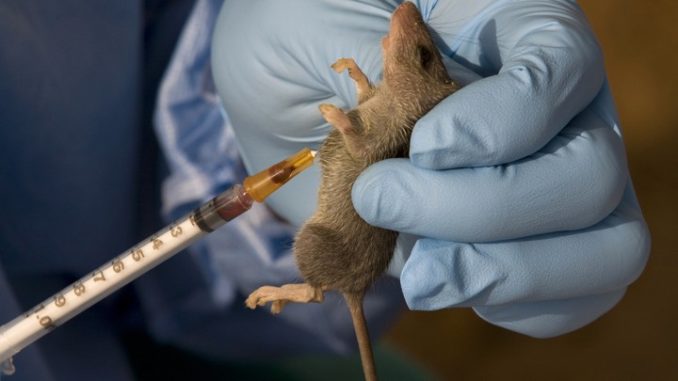
The mandate secretary, FCT Health Services and Environment, Dr Dolapo Fasawe, says two Lassa fever cases have been confirmed in the Federal Capital Territory (FCT) out of four suspected cases.
Ms Fasawe disclosed this on Monday at a news conference on the latest outbreak of the disease in Abuja.
Lassa fever is one of the viral hemorrhagic diseases and is caused by the Lassa virus.
Reported in other countries like Guinea, Sierra Leone and Liberia, Nigeria is fast becoming endemic with hot spot states including Edo, Ondo and Delta States.
According to Ms Fasawe, annually, the FCT experiences sporadic infections between November and April, so the city is in the middle of an outbreak.
She also said that the FCT had inaugurated the emergency operations centre to achieve a coordinated sub-national response and interrupt the transmission as soon as possible.
Giving a national update on the disease, she said that as of Monday, Nigeria had recorded cumulatively 486 suspected cases, confirmed 134 cases with 21 deaths, giving a case fatality rate of 15.7 per cent.
She, however, added that though the FCT has recorded four suspected cases and confirmed two, adding that there has been no related death from the disease.
The mandate secretary said that the first case was of a 14-month old female.
Narrating how the two confirmed cases came about, she said that on Jan. 15, the FCT Public Health Department received an alert of Lassa fever from a clinician in Bwari General Hospital.
“A Rapid Response Team was mobilised to investigate the cases, and it was revealed that the two children were high-risk contacts of their mother.
“Samples were collected and sent to the National Reference Lab for confirmation.
“The deceased was a confirmed case, diagnosed at the Tafawa Balewa Teaching Hospital, Bauchi.
“Following her demise, the father travelled on Jan. 9 to Bauchi to bring back the children who had accompanied their mother to Bauchi and returned to the FCT on Jan. 12.”
She added that the father later presented the children to Bwari General Hospital, and the facility notified the Public Health Department, and response commenced.
Ms Fasawe said that the case was investigated due to a high index of suspicion and daily monitored for symptoms.
“The result came back positive for the 14-month-old and negative for the 13-year-old.
“The 14-month-old is currently on treatment, and the 13-year-old is currently on prophylaxis (prevention),’’ she said.
The second case, she said, involved a 15-year-old female who was confirmed on Jan. 17 at the Abuja University Teaching Hospital.
According to her, both cases are unrelated, and they are both receiving care and are responding to treatment. Those contacts have been listed and were being followed up for 21 days.
“The disease is transmitted through a multi-mammate rat which serves as the reservoir of the virus.
These rats transmit the virus when they contaminate food and water. The virus is also transmitted through contact with the body fluids of infected persons like blood, vomitus and faeces.
“About 80 per cent of the cases are said to be asymptomatic while 20 per cent the disease progresses with a variety of severity.
“Symptoms are non-specific and mimic other infectious diseases. However, common signs and symptoms to look out for include high fever (38.5 degrees), which is usually not responsive to routine treatment, chest pain, vomiting and diarrhoea.
“The late-stage disease is characterised by bleeding from orifices and multi-organ shutdown.’’
Ms Fasawe said that though there was no cause for alarm, basic precautions should be employed.
“These include not exposing food to the possibility of rat droplets, early report to the nearest health centre while all suspected cases should be reported to the nearest health facility.’’
She appealed to clinicians in both public and private health facilities to have a high index of suspicion and that suspected cases should be referred to the designated treatment centres located in the National Hospital, Abuja and the University of Abuja Teaching Hospital, Gwagwalada.
Ms Fasawe also gave designated phone numbers to be called if any suspected cases arise.
They are 08033156560 and 09084000085.
NAN
